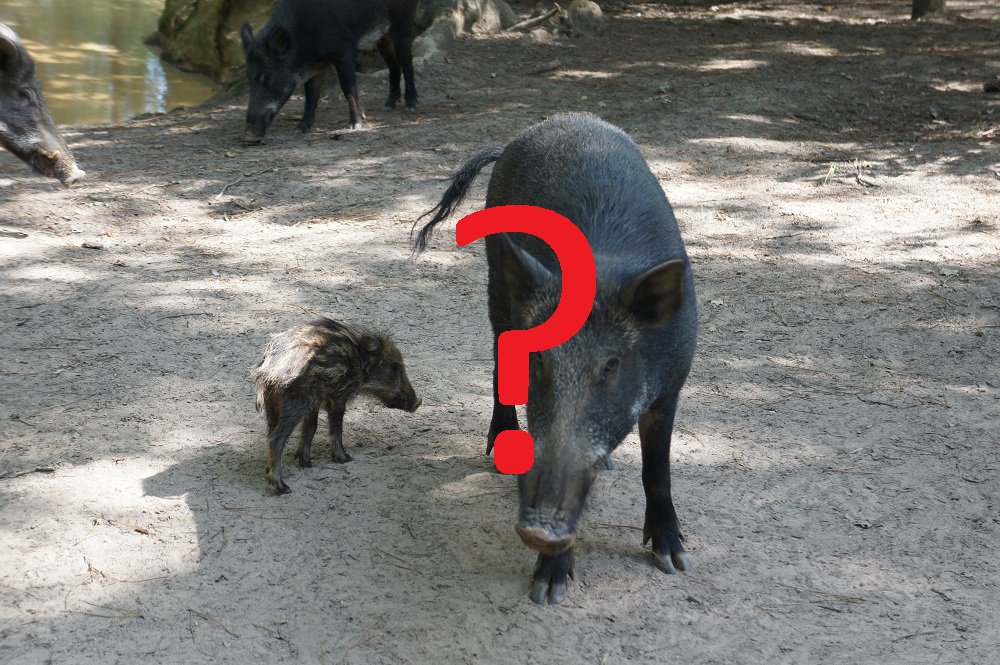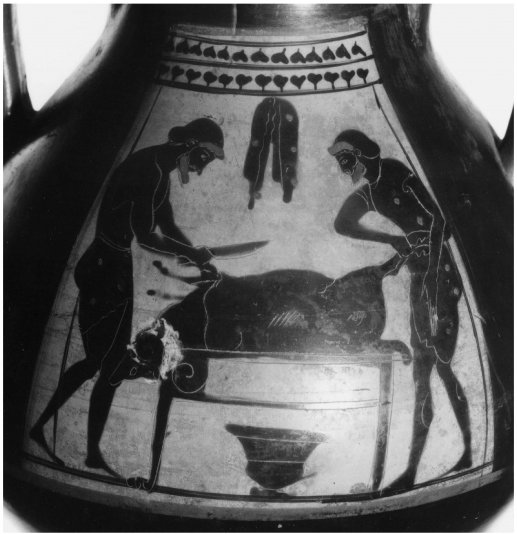Discover and read the best of Twitter Threads about #ClassicalZooarchaeology
Most recents (8)
Hi old and new followers!
I’m an archaeologist who writes Twitter threads. They’re a window into the past looking at ancient people & a behind-the-scenes tour of 21st century #archaeology
Here’s an intro to my new project: #ZOOCRETE
/1 cc @CUHistArchRel @Cardiffuni @MSCActions
I’m an archaeologist who writes Twitter threads. They’re a window into the past looking at ancient people & a behind-the-scenes tour of 21st century #archaeology
Here’s an intro to my new project: #ZOOCRETE
/1 cc @CUHistArchRel @Cardiffuni @MSCActions
We’re all familiar with the popular picture of ancient Greece, from the Mask of Agamemnon to the Parthenon in Athens
But, to me, the most exciting revolution sweeping archaeology is a shift to ordinary people. With new questions & methods, we can see them in higher resolution
/2
But, to me, the most exciting revolution sweeping archaeology is a shift to ordinary people. With new questions & methods, we can see them in higher resolution
/2
I reveal ancient people through their trash: the fragmented bones of the animals they’ve eaten
These bones show how people interacted with the natural environment and tell us about the sacrificial feasts that brought together whole communities
/3
eidolon.pub/in-defense-of-…
These bones show how people interacted with the natural environment and tell us about the sacrificial feasts that brought together whole communities
/3
eidolon.pub/in-defense-of-…
Today’s #ClassicalZooarchaeology thread is about my shit-hot database (😲!!!)
It’s designed in MS Access & uses touch-screen, speech-recognition, and an internal GIS
If you can’t do field/lab work this summer, maybe it’ll inspire you to optimize your DB for next summer
1/13
It’s designed in MS Access & uses touch-screen, speech-recognition, and an internal GIS
If you can’t do field/lab work this summer, maybe it’ll inspire you to optimize your DB for next summer
1/13
This DB comes from years of struggling to design an efficient, largely error-free system to record tens of thousands of artifacts
Typos are a huge problem. My dad & I ran experiments. It turns out typos occur about 5% of the time (which matches research in the business world)
/2

Typos are a huge problem. My dad & I ran experiments. It turns out typos occur about 5% of the time (which matches research in the business world)
/2

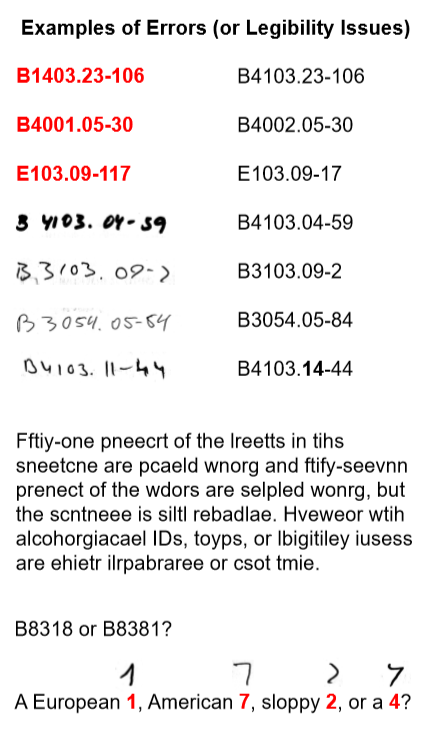
My dad had been doing this for a while, and wrote some nifty archaeological barcoding software to get rid of half the typos
You can read about it here: researchgate.net/publication/40…
Below are some sample barcode tags
/3


You can read about it here: researchgate.net/publication/40…
Below are some sample barcode tags
/3
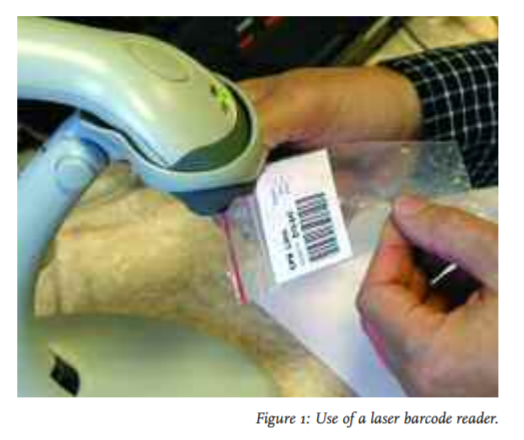
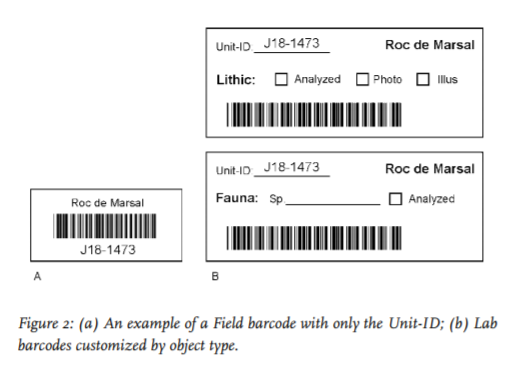

This is a thread of threads of threads on my archaeology Twittering. Yes it is
The lore contained in each thread & thread of threads will inform and astound you, dear reader
Translation: This is some high-quality edutainment. And share to make this the viral strain of the day!
The lore contained in each thread & thread of threads will inform and astound you, dear reader
Translation: This is some high-quality edutainment. And share to make this the viral strain of the day!
This thread of threads contains several interesting archaeological case-studies from Pompeii to erotic Athenian art to Neandertals
It includes some good introductions to problems/topics in archaeology
It includes some good introductions to problems/topics in archaeology
My most recent thread of threads explores the history and archaeology of health and disease
It includes a multi-part look at the Athenian plague and a haunting look at infant mortality via the Agora Bone Well
More to come on healing magic
It includes a multi-part look at the Athenian plague and a haunting look at infant mortality via the Agora Bone Well
More to come on healing magic
This #ClassicalZooarchaeology Twitter thread is about ancient food porn.
In an article I’m writing now, I argue that archaeology can reveal the meat-eating feasts of Homeric heroes as food porn. And Homeric food porn didn’t age well
/1
In an article I’m writing now, I argue that archaeology can reveal the meat-eating feasts of Homeric heroes as food porn. And Homeric food porn didn’t age well
/1

Pull up your comfy chair. Grab a drink & plop your favorite pet into your lap
This thread presents “The True Story about Ancient Greek Dogs” for the 3rd Public Archaeology Twitter Conference #PATC3. I’m a zooarchaeologist, so the question is what can we learn from their bones?
This thread presents “The True Story about Ancient Greek Dogs” for the 3rd Public Archaeology Twitter Conference #PATC3. I’m a zooarchaeologist, so the question is what can we learn from their bones?
The first story of an ancient Greek dog is the most famous. Homer’s tear-jerking description of Argos, the neglected hunting hound, still moves us thousands of years later
It is so easy to see ourselves and our own furry companions in this scene
/1 #PATC3

It is so easy to see ourselves and our own furry companions in this scene
/1 #PATC3
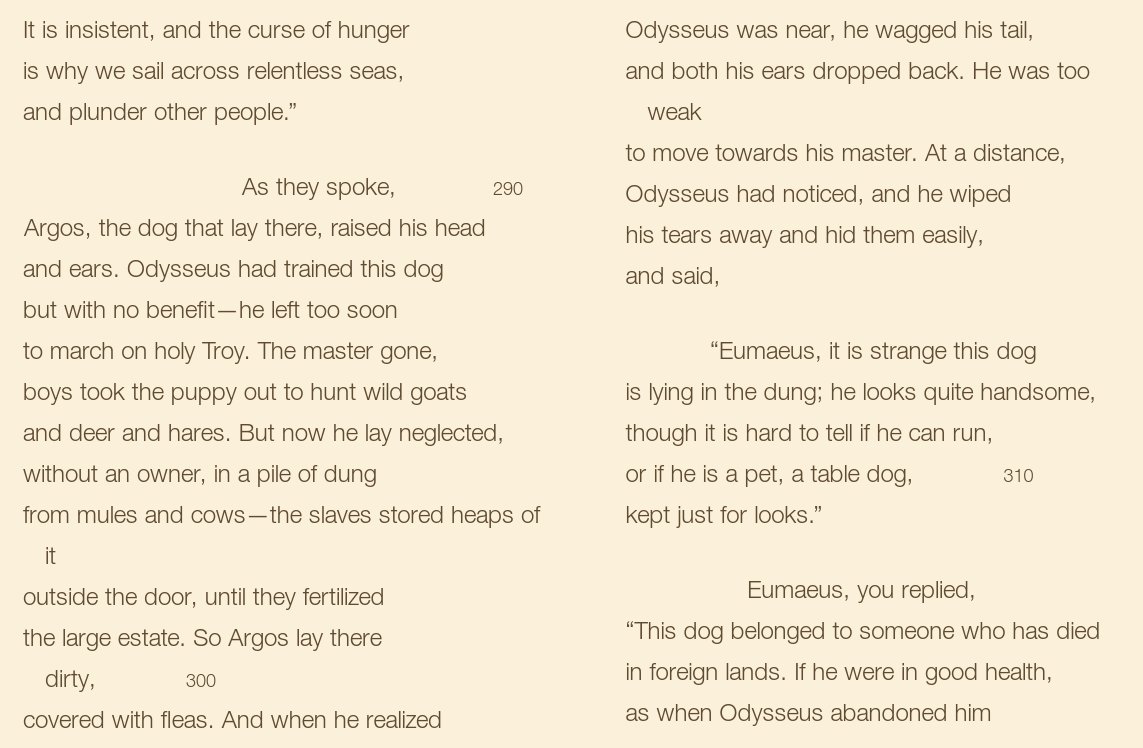
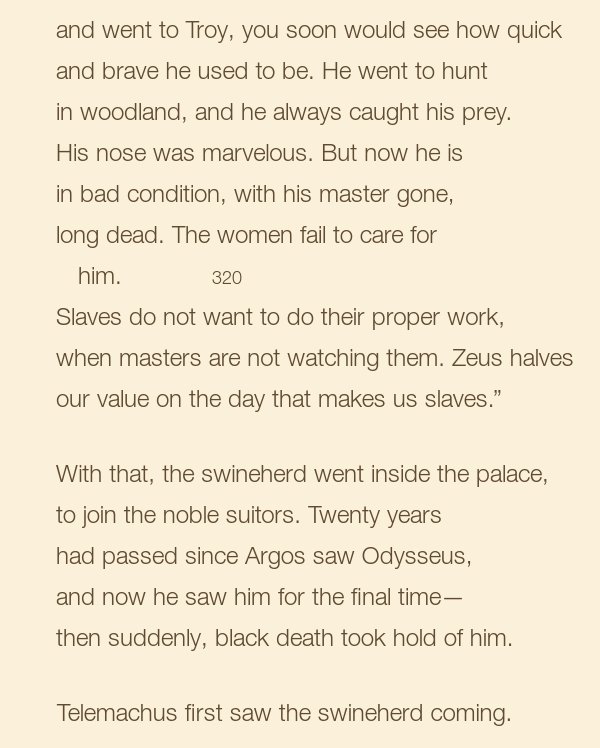
“He looks quite handsome, though it is hard to tell if he can run, or if he is a pet, a table dog, kept just for looks.”
These categories of dogs are easy to find in both ancient texts and art. Hunting hounds were commonly depicted from the Bronze Age onwards
/2 #PATC3



These categories of dogs are easy to find in both ancient texts and art. Hunting hounds were commonly depicted from the Bronze Age onwards
/2 #PATC3
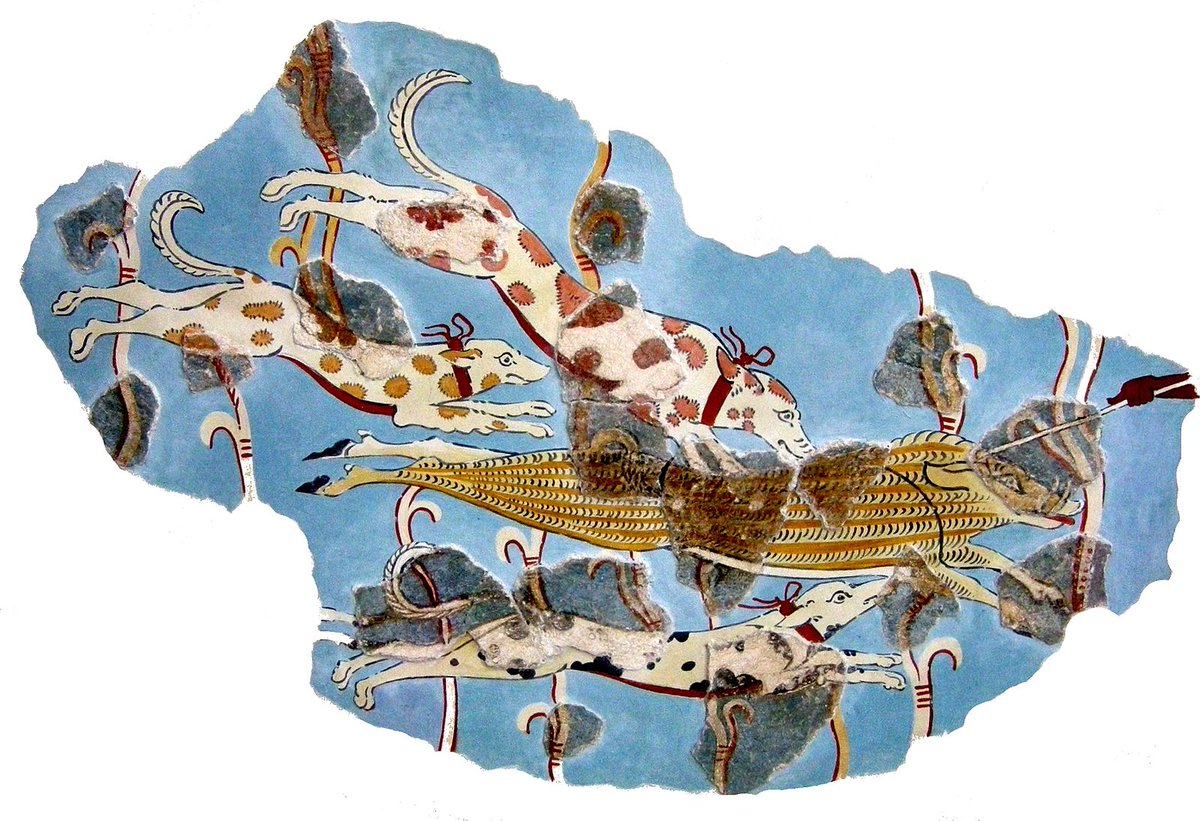
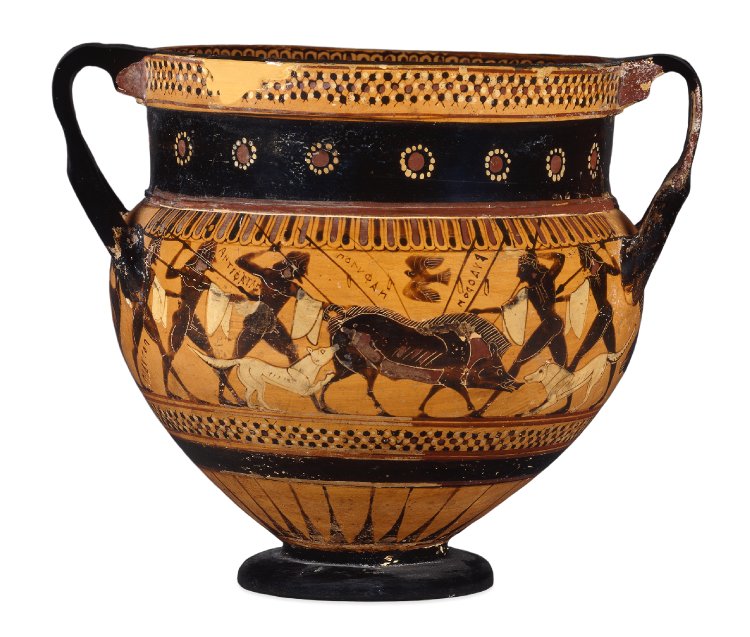
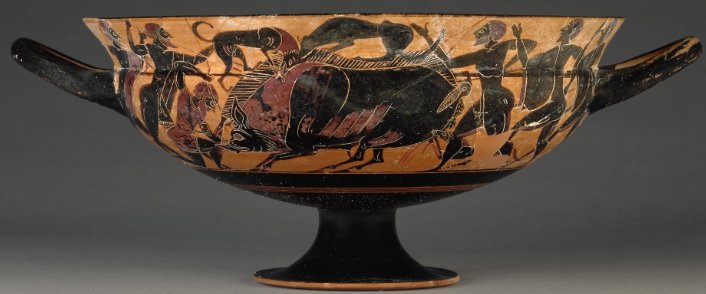
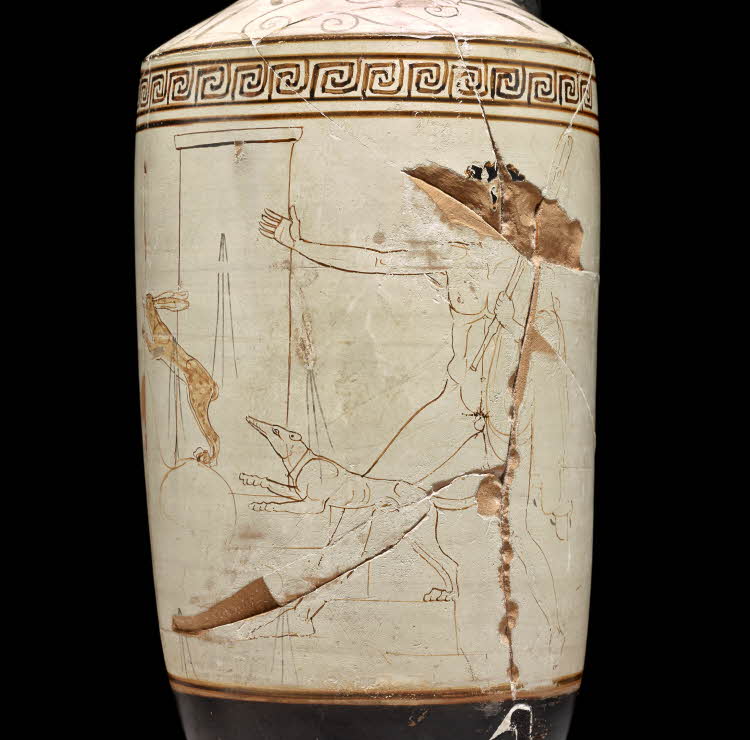
This #ClassicalZooarchaeology thread is about ancient Greek sacrificial feasting. I want to focus on what the animal bones can add to our understanding of this important topic. While there are several good overviews of sacrifice in texts & art, bones offer new perspectives
/1
/1
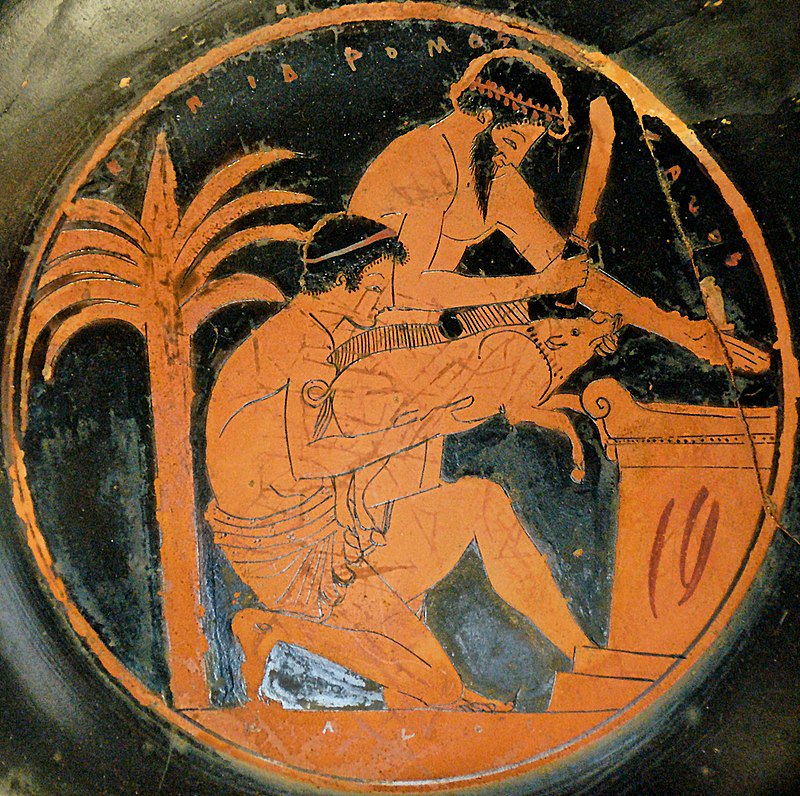
Sacrificial ritual was associated with Greek polytheism, which was extremely diverse & constantly changing. So, sacrificial ritual was pretty diverse across time and space
If you want an intro to Greek polytheism, you can also check out the thread below
If you want an intro to Greek polytheism, you can also check out the thread below
Instead of going into exceptional sacrifices (next month, I’ll do a thread on dog sacrifice when @ASCSAPubs publishes the Agora Bone Well), this thread focuses on the canonical bones burned for the gods. The advantage w/ this focus is it’s easy to combine texts, art, and bones
/3
/3
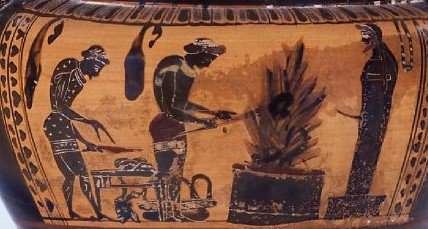
A #ClassicalZooarchaeology flamingo thread (in 20 tweets)
Over lunch I checked out depictions of dancing flamingos from 5000+ yrs ago. h/t @ArchaicAnimals for drawing my attention to the super-cool image below
The research-hole didn’t take me where I thought it would…
/1
Over lunch I checked out depictions of dancing flamingos from 5000+ yrs ago. h/t @ArchaicAnimals for drawing my attention to the super-cool image below
The research-hole didn’t take me where I thought it would…
/1
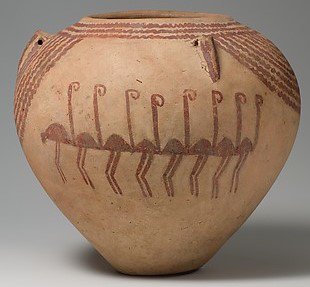
If you google around, these rows of dancing flamingos are depicted on vessels from Upper (southern) Egypt. They come from the cultural group labeled Naqada from predynastic Egypt, before the country was unified under a Pharaoh (we’re talking approx 4000-3000 BC)
/2
/2

The research was made easy because the @metmuseum has many beautiful Naqada artifacts available online
Of course, I’m gonna show you all the best ones, like this vessel with feet or this figurine made of hippo-tusk ivory
/3

Of course, I’m gonna show you all the best ones, like this vessel with feet or this figurine made of hippo-tusk ivory
/3
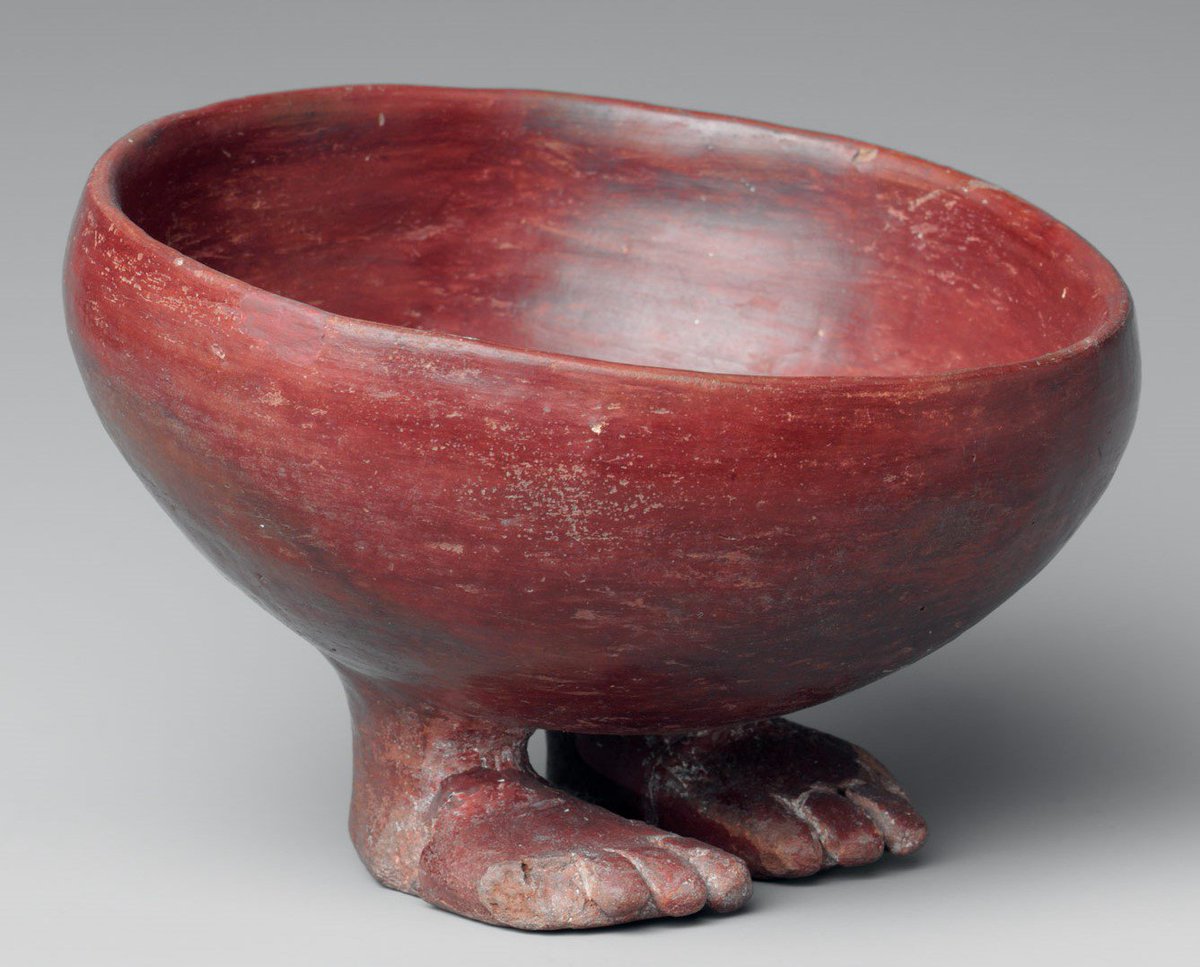

Introducing #ClassicalZooarchaeology
This is my 1st thread highlighting how animal bones can answer important questions in the ancient Mediterranean
#Zooarchaeology is often thought of as a niche study, but it relates to traditional forms of evidence
#scicomm #humanities
/1
This is my 1st thread highlighting how animal bones can answer important questions in the ancient Mediterranean
#Zooarchaeology is often thought of as a niche study, but it relates to traditional forms of evidence
#scicomm #humanities
/1
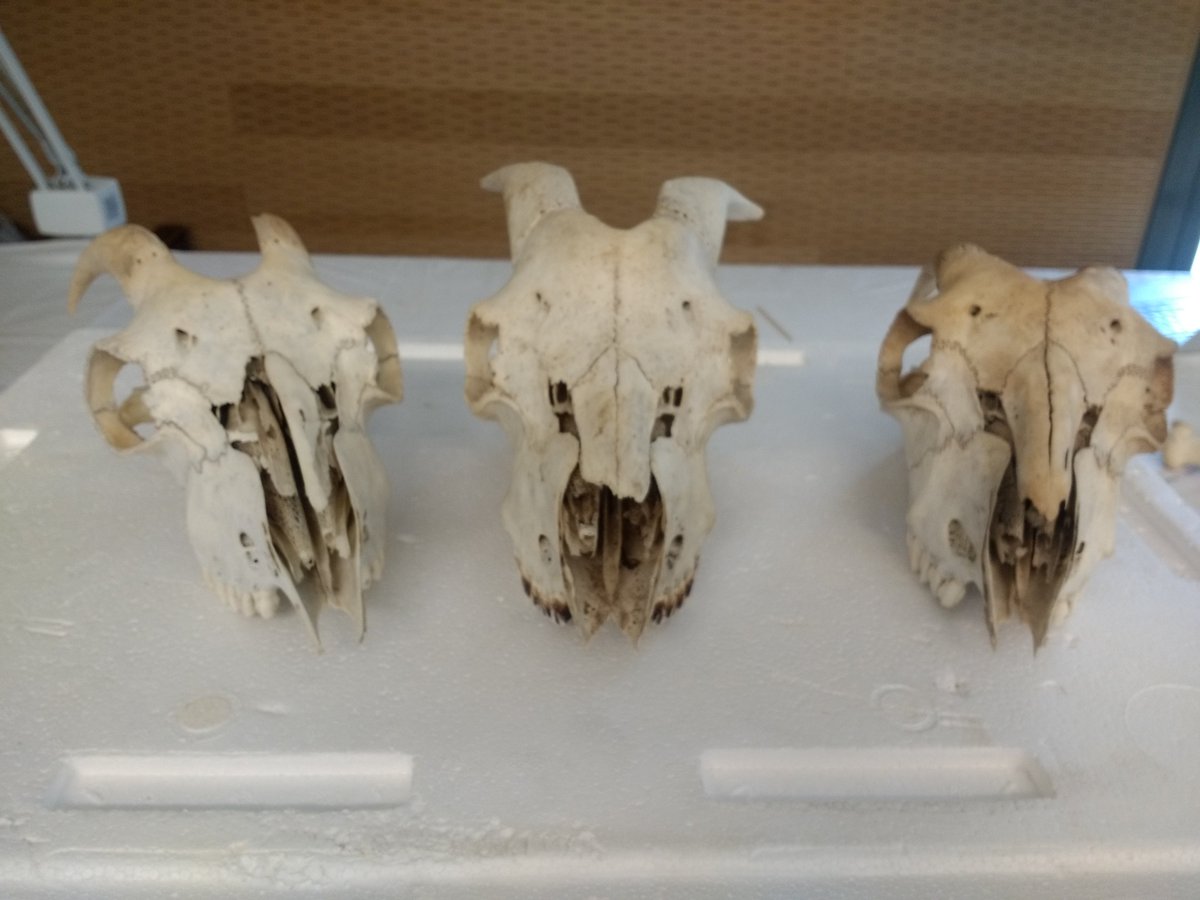
When we think of #Classics, ancient texts are often prioritized. Animals were an important topic for ancient authors
For example, according to the TLG the lemma hippos (horse) is the 13th most common term in Homer’s Iliad (417 mentions). Horses were important to epic warfare
/2
For example, according to the TLG the lemma hippos (horse) is the 13th most common term in Homer’s Iliad (417 mentions). Horses were important to epic warfare
/2
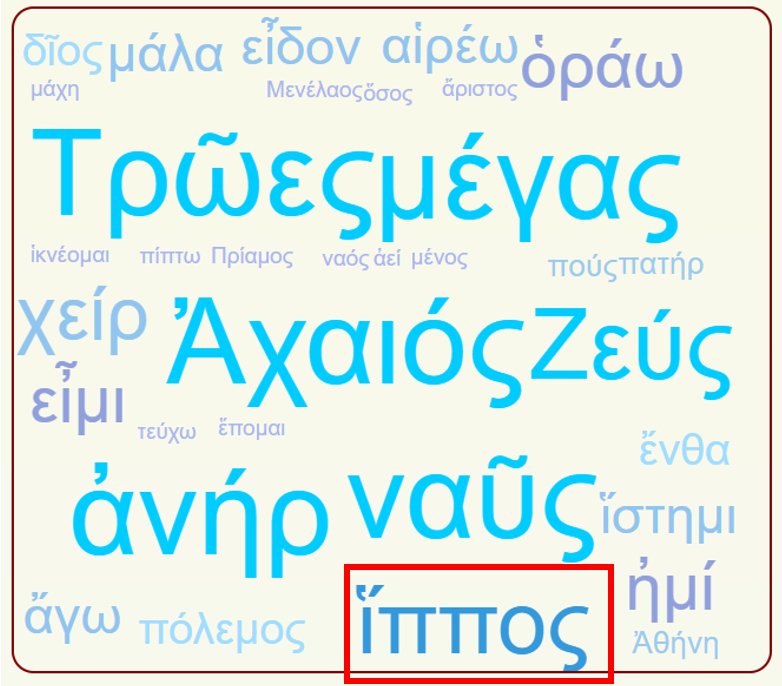
It’s no surprise that animals – especially plow oxen – are important to Hesiod’s agricultural poem Works and Days
But texts don’t tell the whole picture about #AncientAnimals
Pigs are only mentioned once in Hesiod: boars should be castrated on the 8th day of the month (WD 790)
/3
But texts don’t tell the whole picture about #AncientAnimals
Pigs are only mentioned once in Hesiod: boars should be castrated on the 8th day of the month (WD 790)
/3
